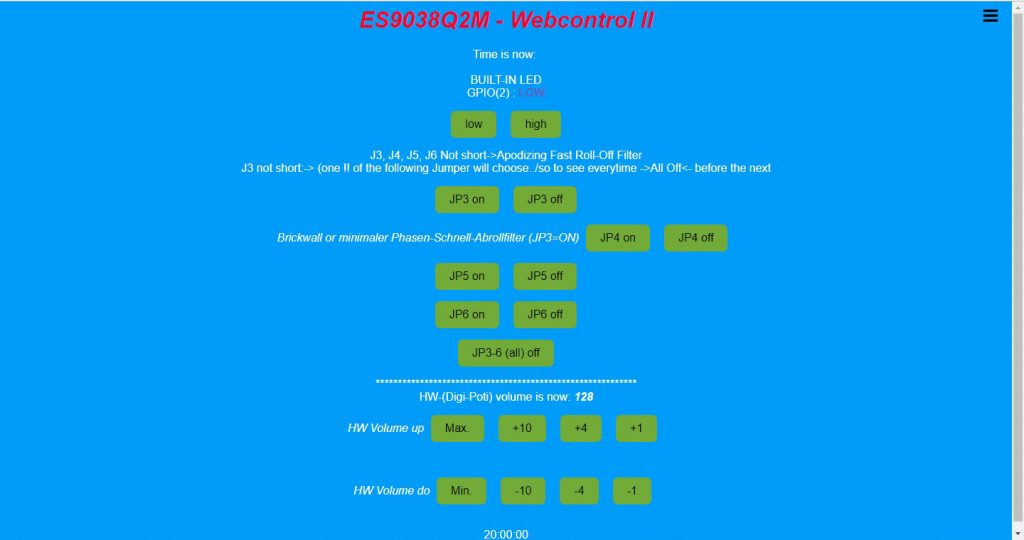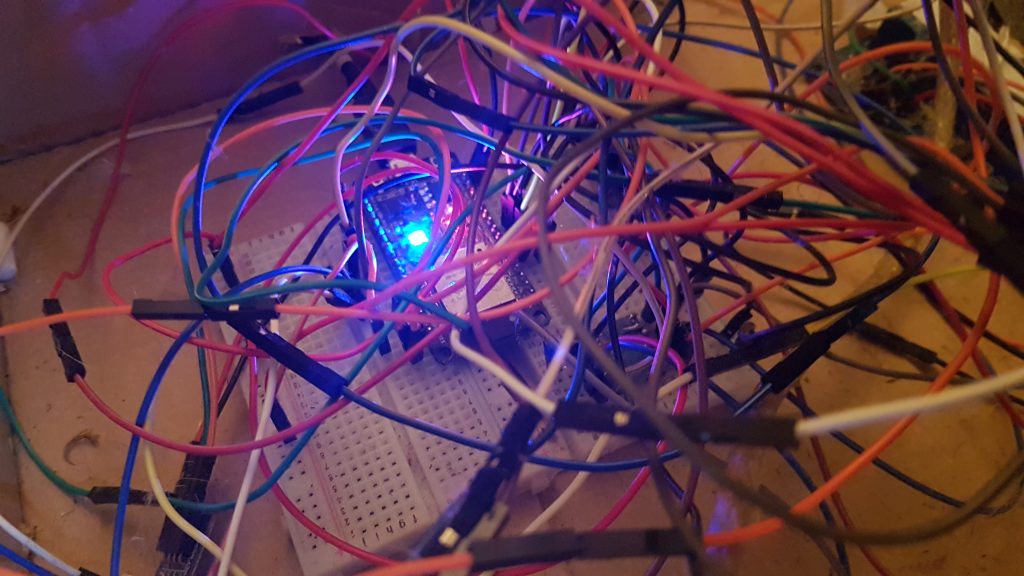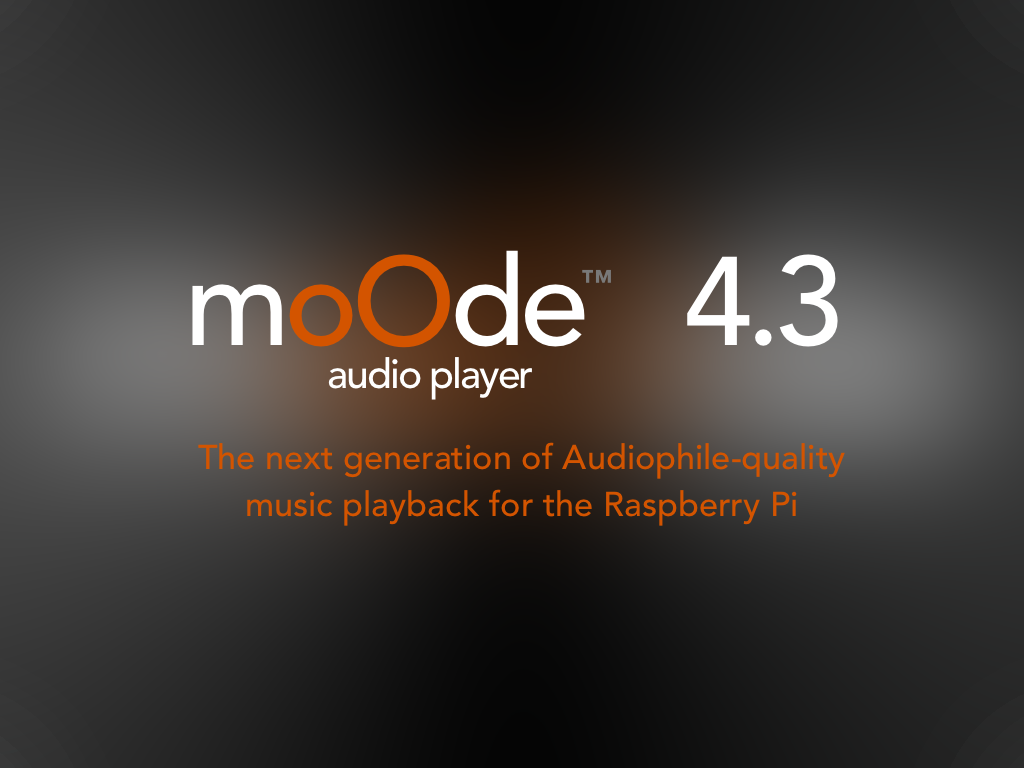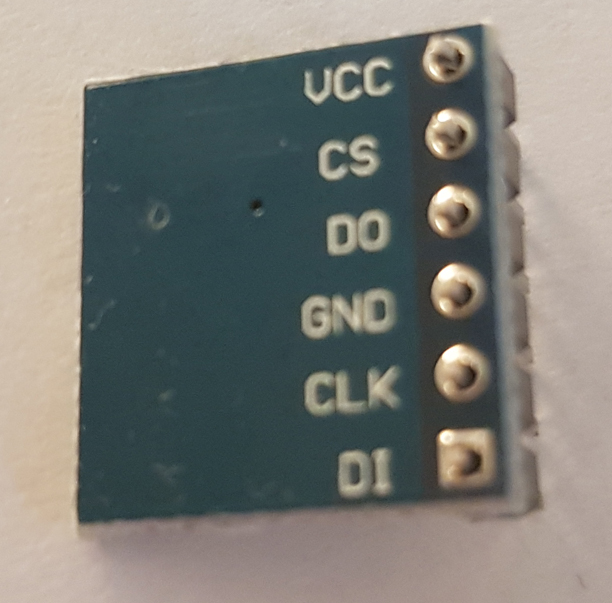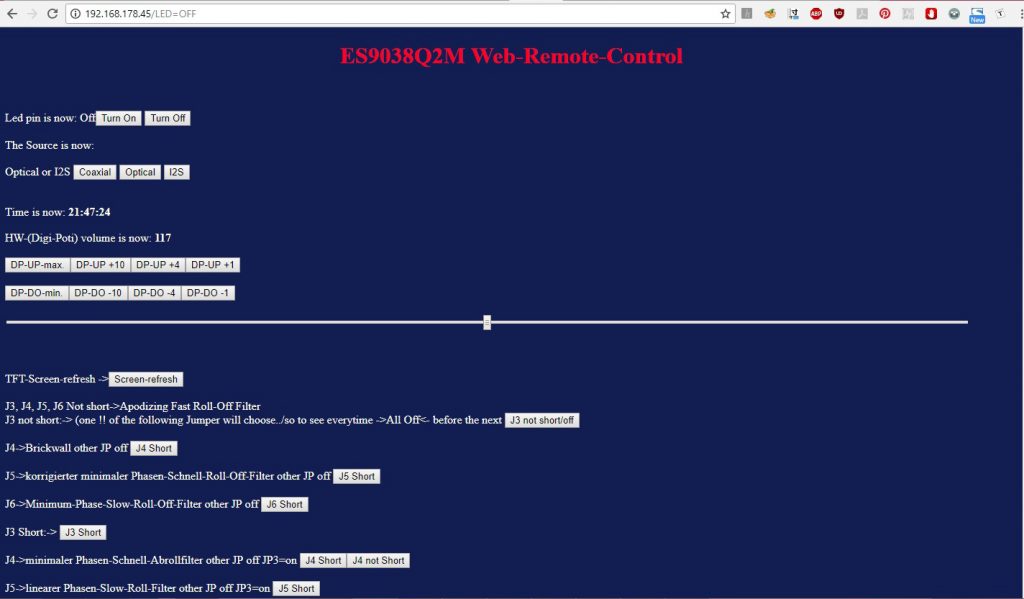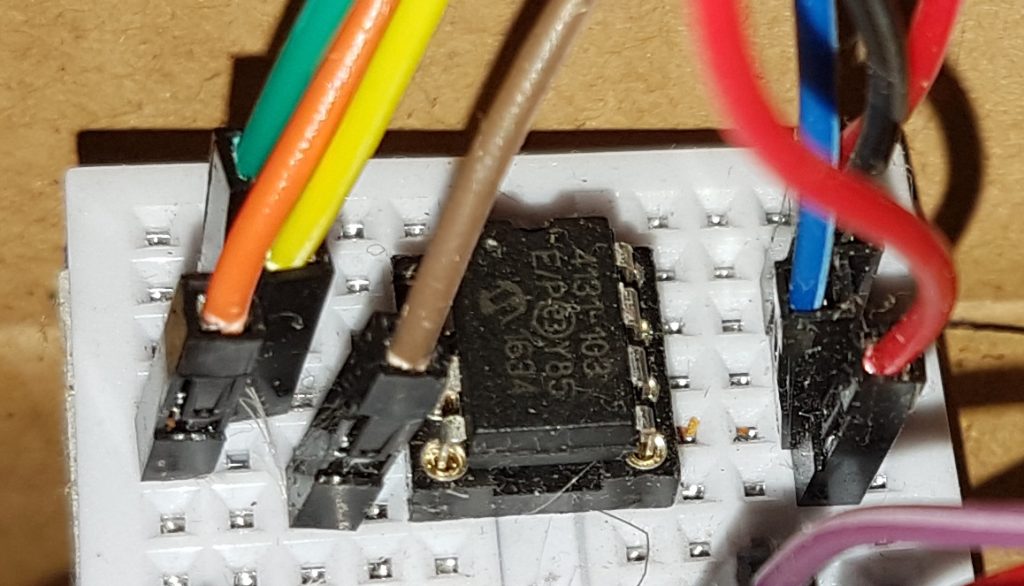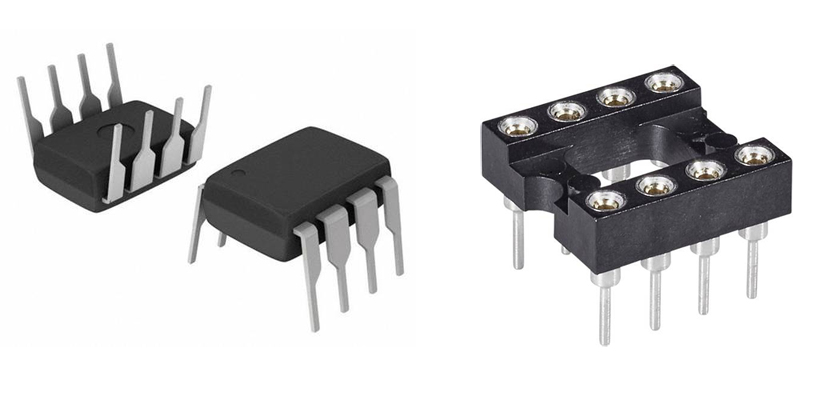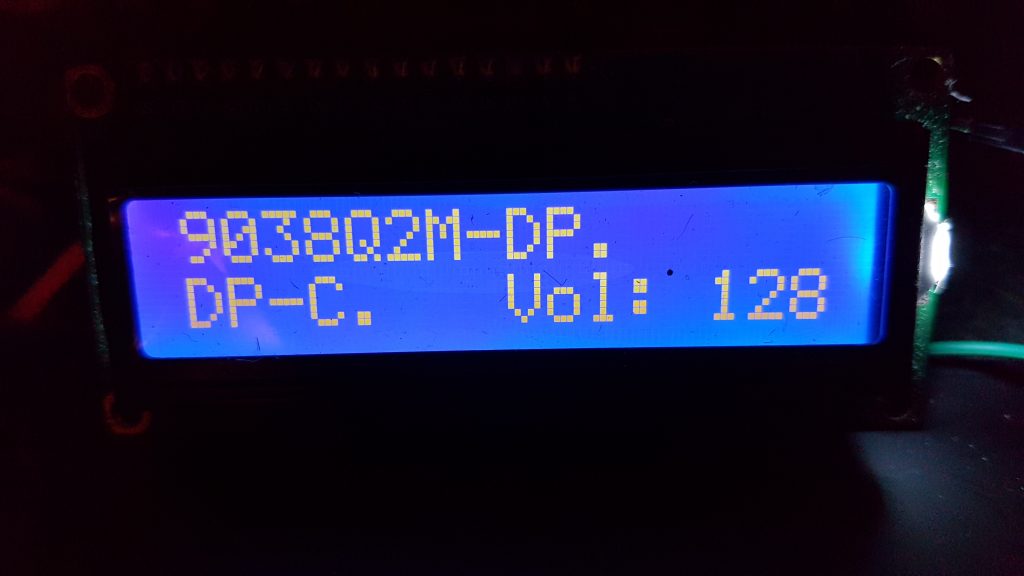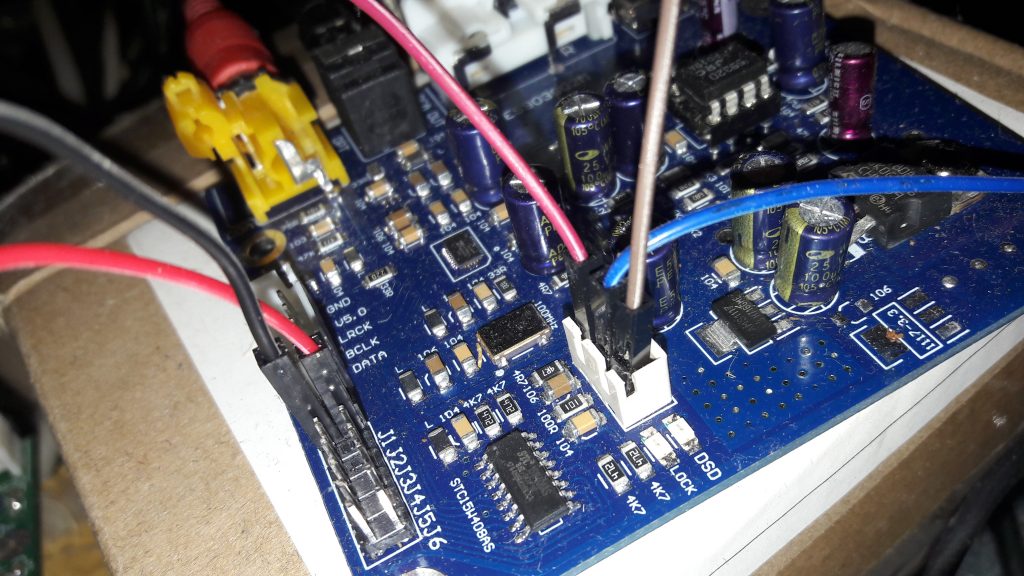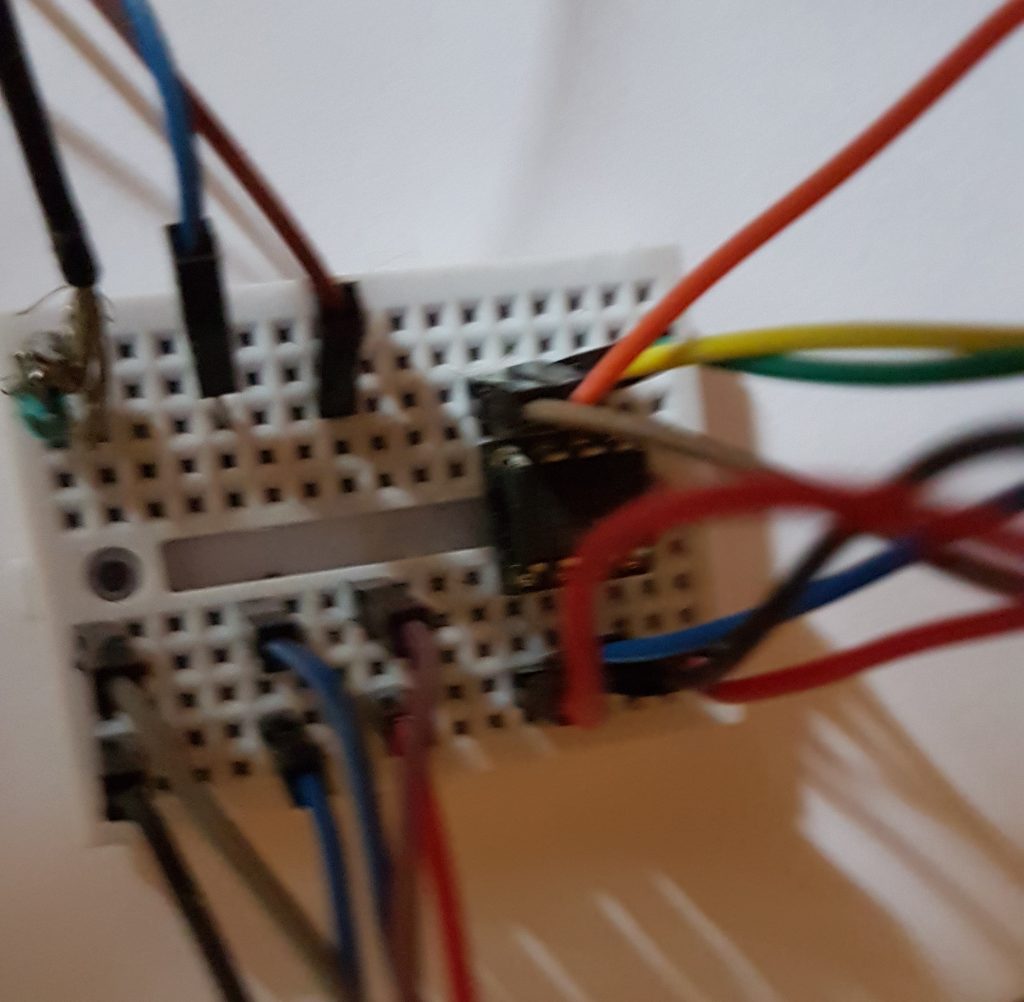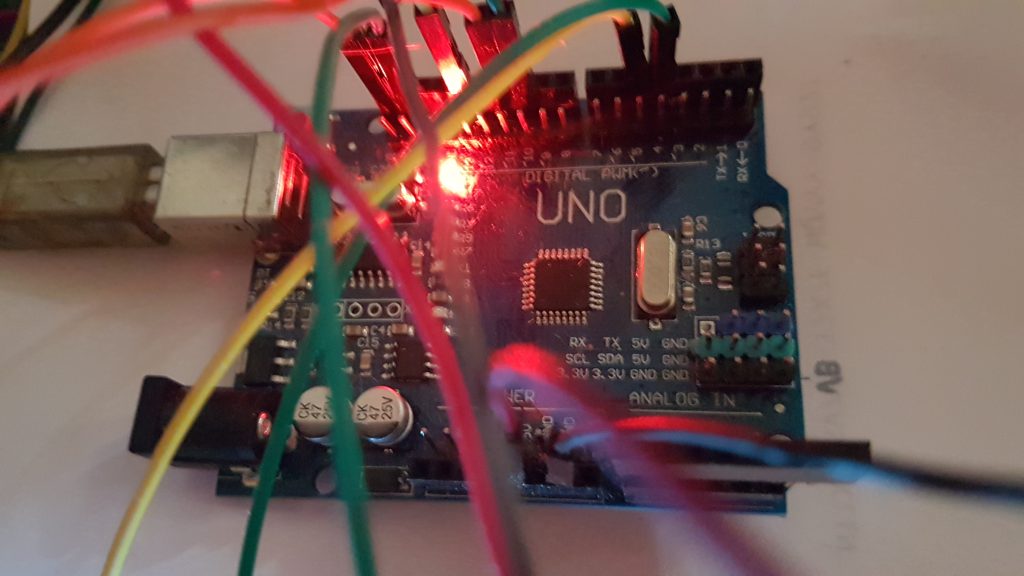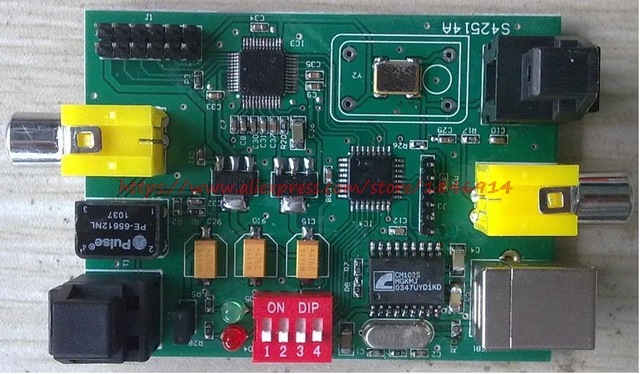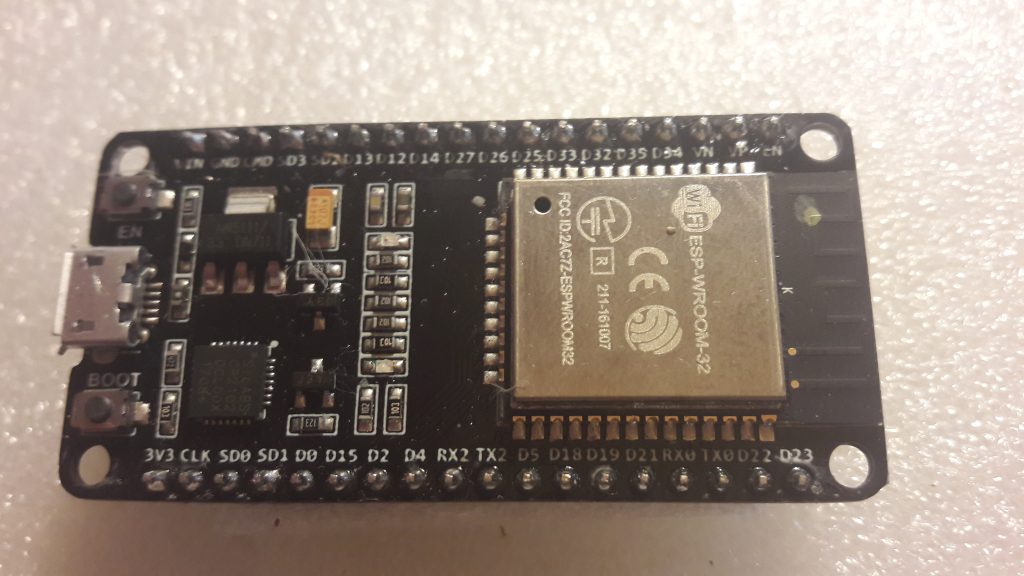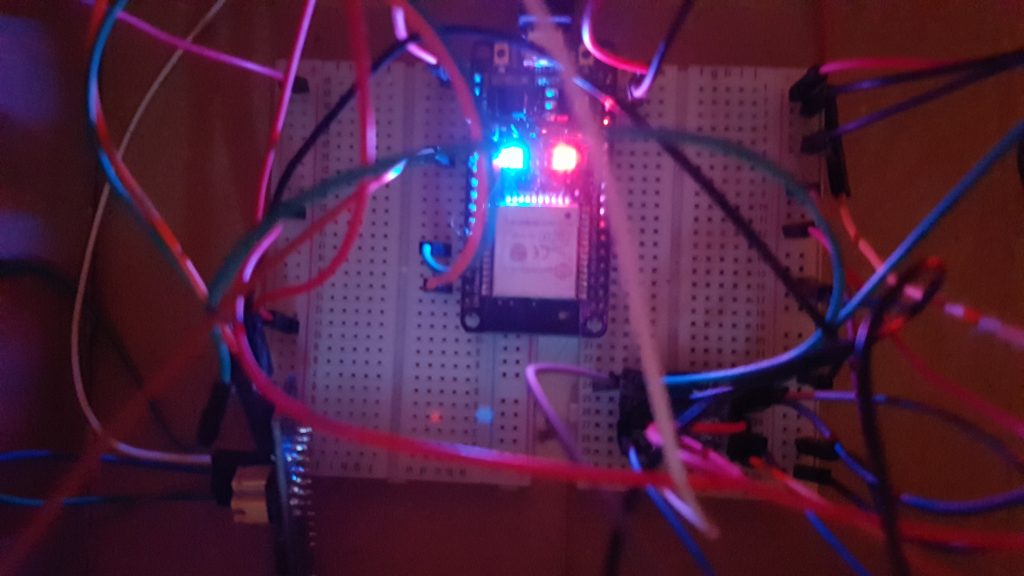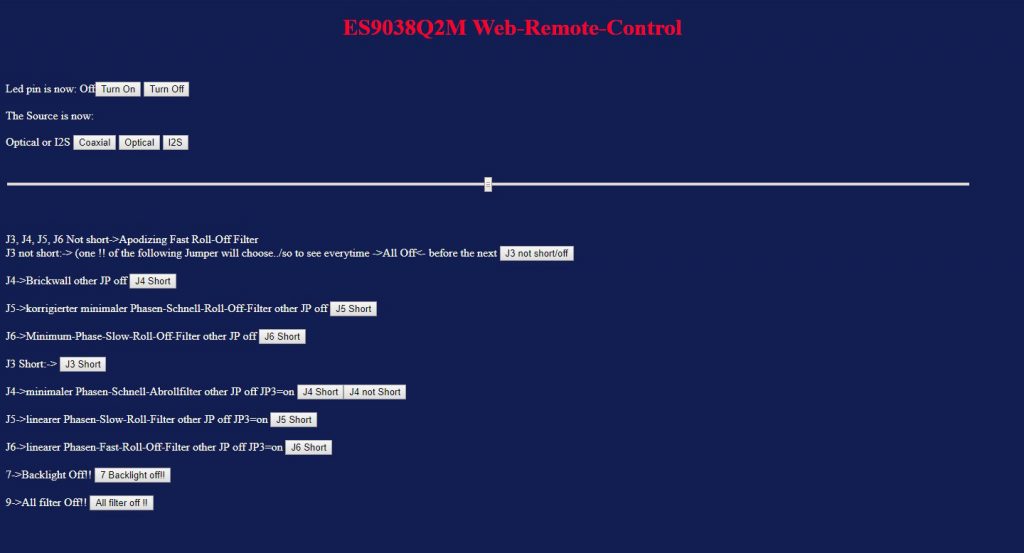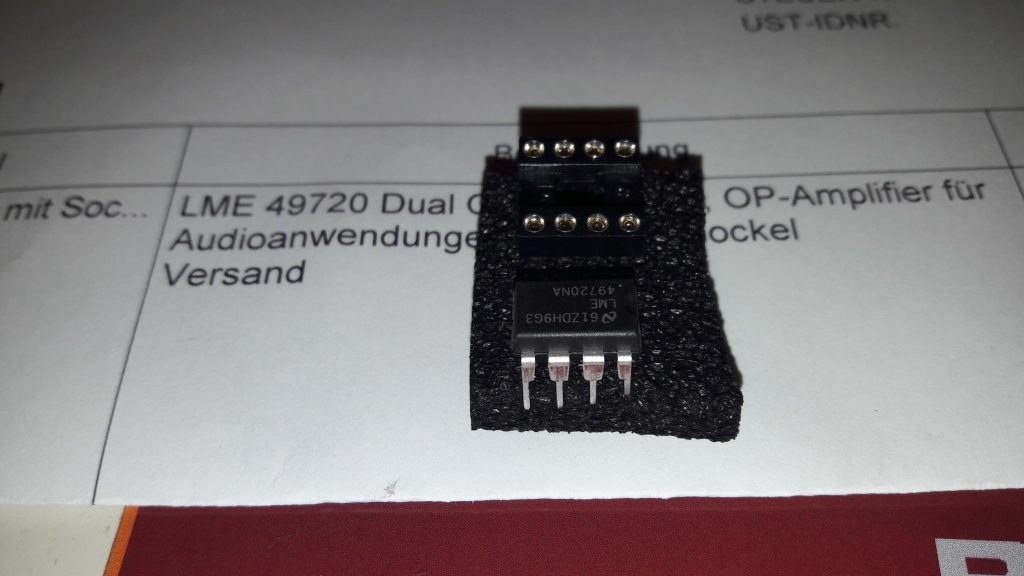Project 3: read out/write data (over I2C) via the onboard mcu ES9038Q2M/-ES9028Q2M
so folks 😉 ,
essabre-90xx-rpi.sfb2.com needs your help 😉
as i just want to read out some data from the mcu on these boards like data-rate (192khz,384khz and so on), data-format (PCM,DSD) and maybe the HW-Volume for just displaying it on a small 3,5″ display for example (or use it to display it via some app/tool on a raspi/web etc..) “we” have now to find a way to solve this..
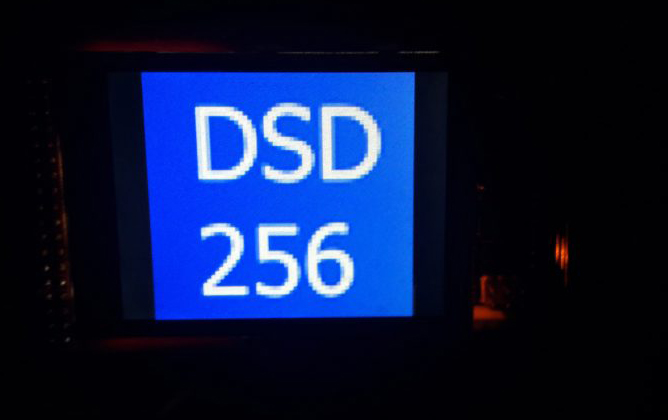

as we now have the possibility to access the I2C-bus via the new connection on an ES9038Q2M (they used it also to display/change some values via their hardware) we have to find a way to simple control/change/read-out data over it..
the normal “adresses” on an ES9038Q2M must be/are “hidden” due to some NDA-bla bla, and the real register-adresses are “encrypted”/are only in the mcu..
but how can i/we connect a raspberry/Arduino/ESP32 to it via I2C ?
i think we have now here to make a really long tutorial to get such “experimental setup” to work. how to exactly connect and to which pins, which tools/commands to use (python/i2c-set and so on)..
i will make a new thread in the forum->”Project 3: controlling the onboard mcu on an ES9038Q2M/-9028Q2M“
there i will make this tutorial but i first to have to gather all possible informations about it and there u come in !! ;-)
so please post all your informations/experiences concerning this topic in the forum or here in the comment-section !!
a good start for now are these (new) “VinnyLorrin“-repositories at github->https://github.com/VinnyLorrin
->”ES9028Q2M-controller”,”ES9038Q2M-Linux_Driver”,”ES9028-controller-PCB” and so on..very good, first, informations about it…
(many many thx btw. to “eslei” at the diyaudio-forum for getting first infos/an entry->https://www.diyaudio.com/forums/digital-line-level/314935-es9038q2m-board-322.html
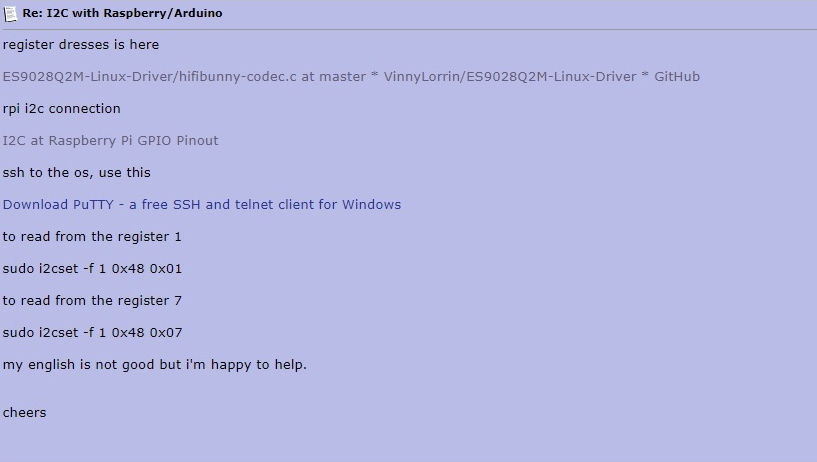
thread in the forum->http://essabre-90xx-rpi.sfb2.com/forum/forumdisplay.php?fid=86
greets for now 😉




